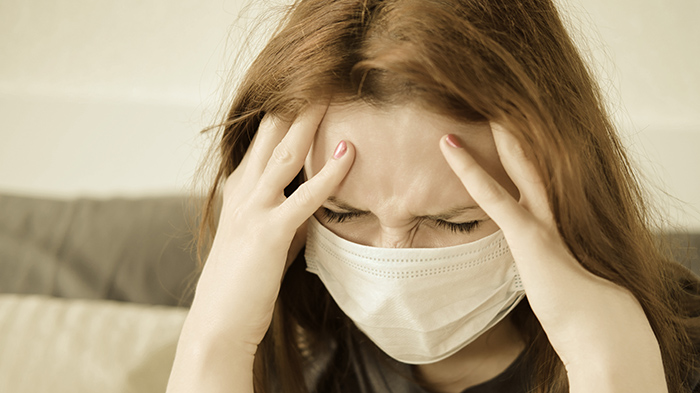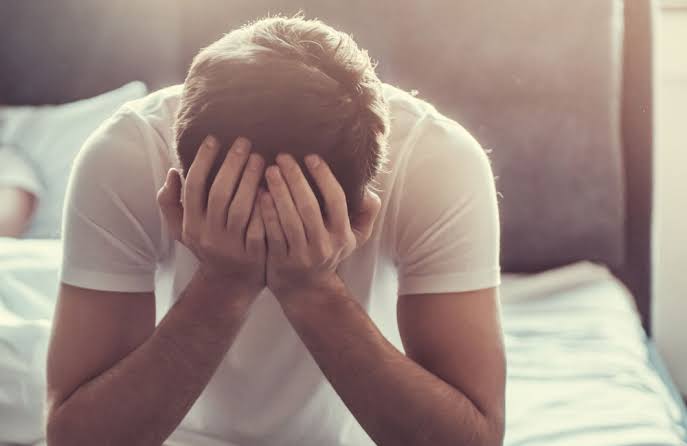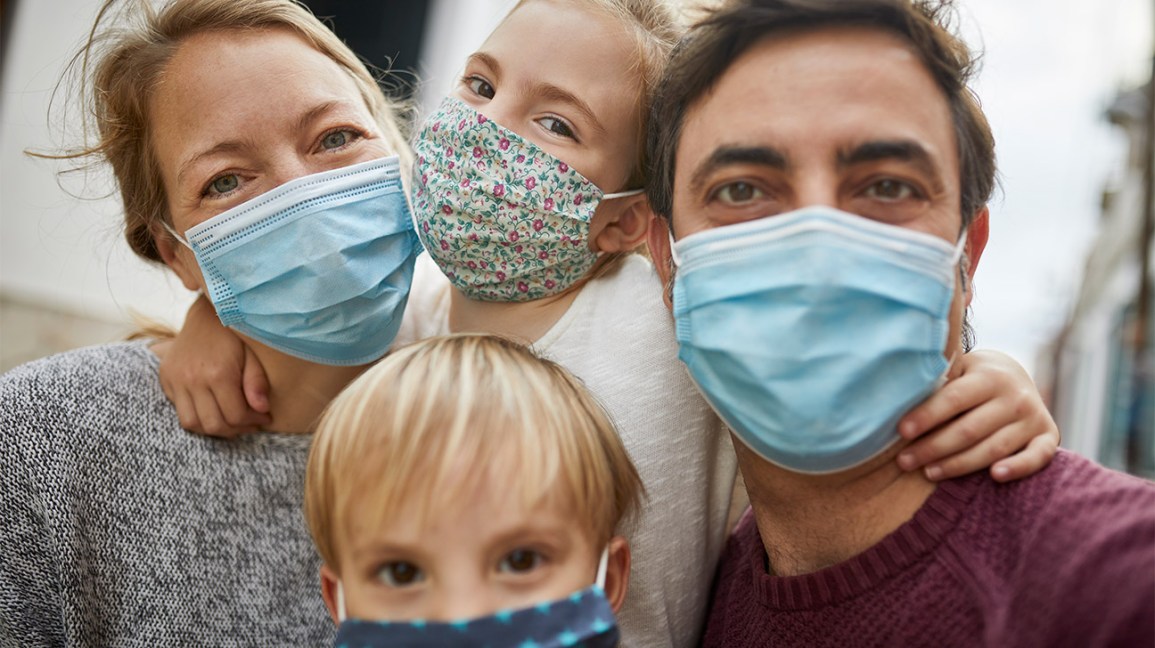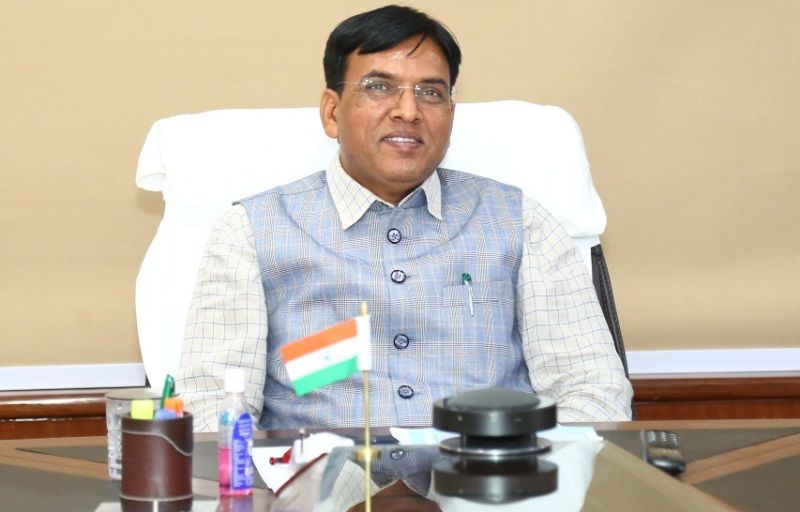As the protracted Covid-19 epidemic continues to pose issues for India, its extraordinary impact on the mental health of young people (15 to 29 years old), who account for roughly 27.5 percent of the population, must be addressed. According to the 2021 State of the World’s Children Report, 1 in 7 youth aged 15 to 24 reported feeling sad during the epidemic in India.
According to the National Crime Records Bureau, children accounted for one-third of all suicides in the United States in 2020. The disturbance of their life as a result of the loss of in-person schooling, routine, and social activities has resulted in increased stress, sadness, and internalisation of illnesses. Their learning ability, behaviour, and social skills have all been badly impacted by the epidemic.
According to a UNICEF research from 2021, just 60% of students in Indian schools have access to remote-learning possibilities, and 80% of pupils learn much less through digital education than they do in physical courses. Their learning and coping capacities have been harmed by the transition to online mode, which has resulted in increased pressure and emotional disruptions, as well as sleep and concentration issues. This can lead to a vicious loop that negatively impacts their neurodevelopment, future performance, and emotional well-being. Their problem-solving and interpersonal skills, which are typically learned and reinforced at school and college through participation in sports and leisure activities, may also be impacted.
With an average household size of 4.9 people in India, the familial strife generated or exacerbated by members being compelled to spend time in tight areas during the lockdown, as well as mobility constraints, might add to their anguish. One of the hardest impacted is the mental health of underprivileged adolescents who have no or limited access to technology, parental assistance, and are reliant on their social and protective networks for growth and encouragement. Similarly, youth who are at the intersection of caste, gender, or handicap, as well as those who have experienced early-life trauma, such as orphans, victims of abuse or neglect, and those who have lost family members due to the epidemic, are at risk of developing serious psychological issues.
Young women and girls have significant challenges. According to a UN Women survey, during the epidemic, more girls than boys dropped out of school, and 66% of Indian parents were hesitant to continue their daughters’ education to save money. This might result in an entire generation of females failing to complete their education, leading to sadness, low self-esteem, and other mental health issues. Their mental instability is exacerbated by trauma brought on by the rise in domestic violence 7 and increased household obligations, which leave women with little time to recover.
Inadequate access to general healthcare services, particularly for sexual and reproductive health, can contribute to an increase in unplanned births and infectious disease-related teen mortality.
As a result, it is critical that we increase our responsiveness to the emotional needs of kids and provide them with basic mental health treatments. This may be accomplished by putting adolescents at the centre of all talks about their mental health, employing an intergenerational, gender lens to identify stresses unique to them, and developing supporting systems to help them manage and thrive.
Because just 41% of young Indians aged 15 to 24 feel they have access to mental health help, it is also vital to combat the accompanying misconceptions and stigma. Mental health knowledge and safe outreach are critical for educational institutions. When schools reopen, the number of counsellors should be expanded in order to give in-person assistance, which was previously inadequate. Teachers might be encouraged to act as important agents, identifying individuals who are at risk and providing supportive counselling and referrals as needed. At the community level, frontline community workers such as ASHAs may do the same. Self-help materials, such as literature on mental morbidities, strategies for managing them, and contact information for helplines, can also be supplied.
It’s also critical to expand youth-focused mental health infrastructure and provide inexpensive programmes that encourage people to seek treatment. This would encompass wellness and primary health centre capacity building, mental health components of the Rashtriya Kishor Swasthya Karyakram, and college health initiatives. Given the youth’s access to and acceptance of these platforms, telemedicine and digital technologies such as WhatsApp groups and chatbots can be used to assist interventions. Insights from creative youth-focused programmes like Sangath’s It’s Ok to Talk, PRIDE, Young Lives Matter, and Yuva Mann projects can aid in reaching out to this group.
Recognizing the needs and rights of young people to obtain mental health treatment is critical. If left neglected, the country’s economic cost might be as high as 78 crore by 2030 owing to lost possibilities. The personal cost might include the employment of maladaptive coping methods such as substance misuse, risk-taking, impulsive behaviour, and suicide by young people. It can also affect their capacity to attain their full potential, as well as their physical health, and have long-term effects that extend far into adulthood.









